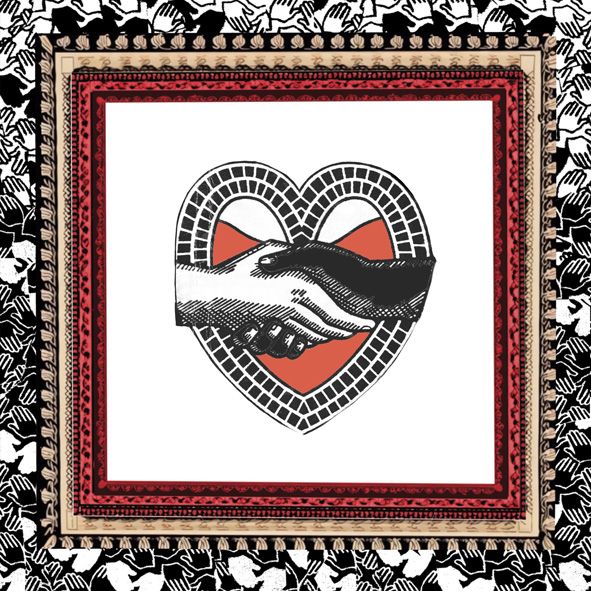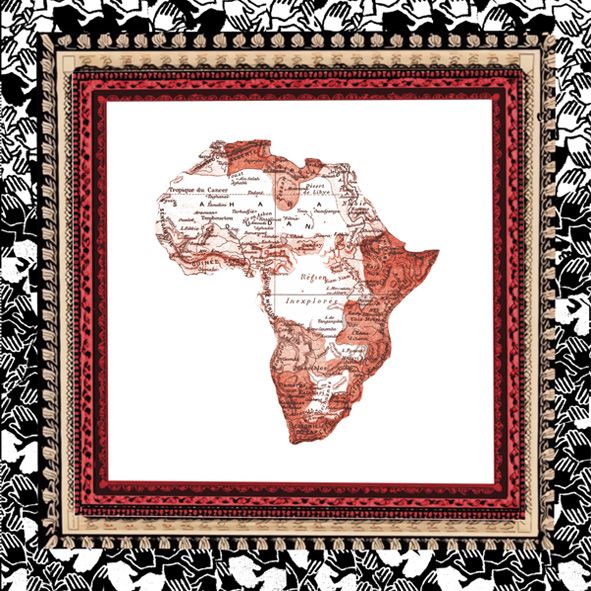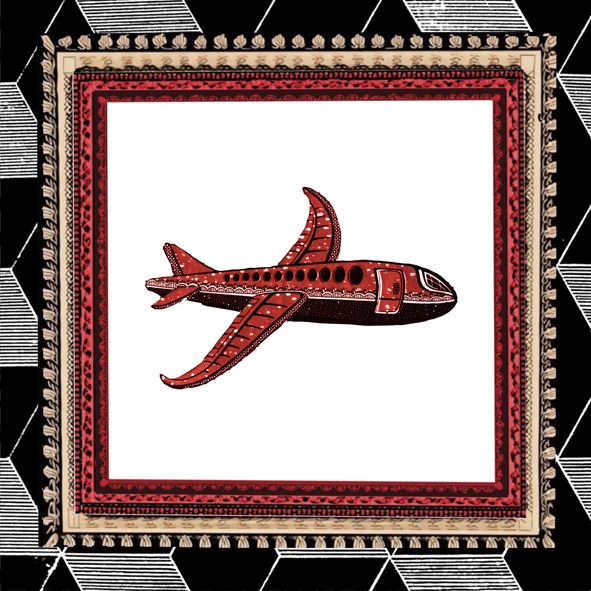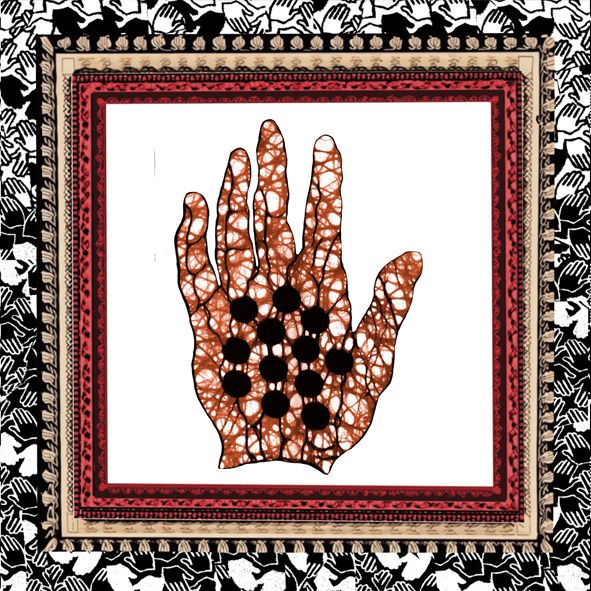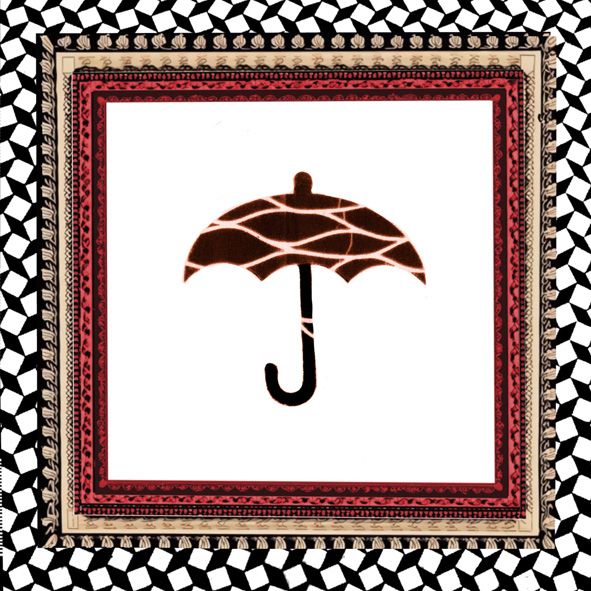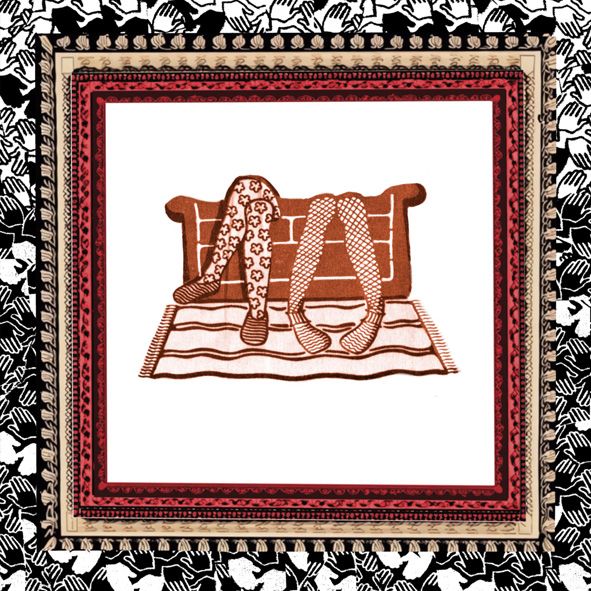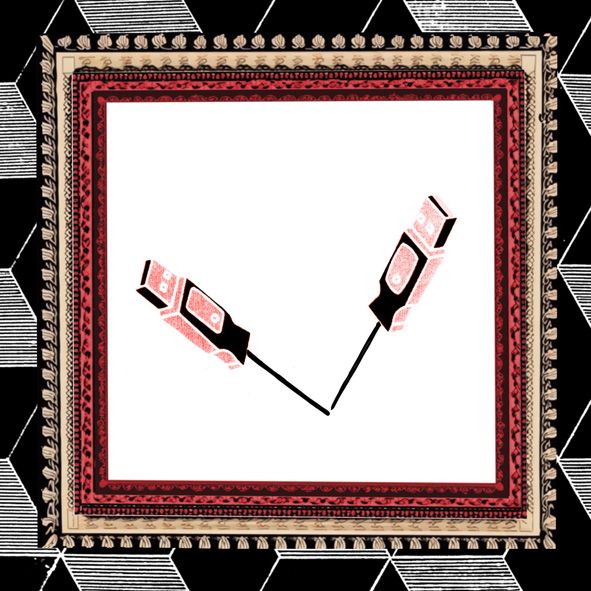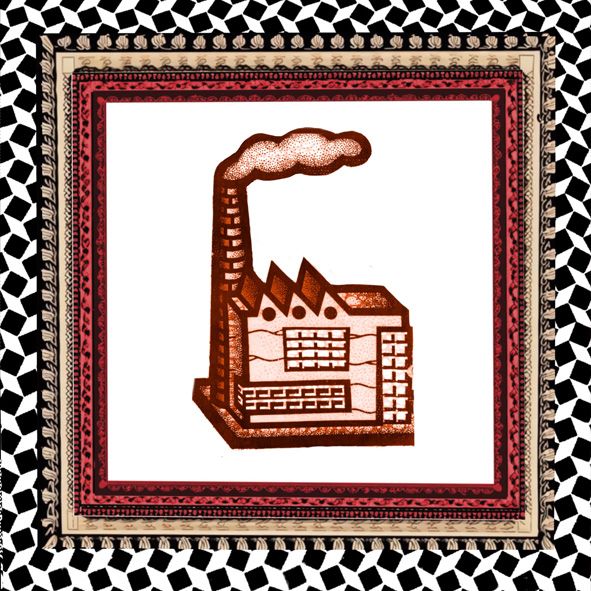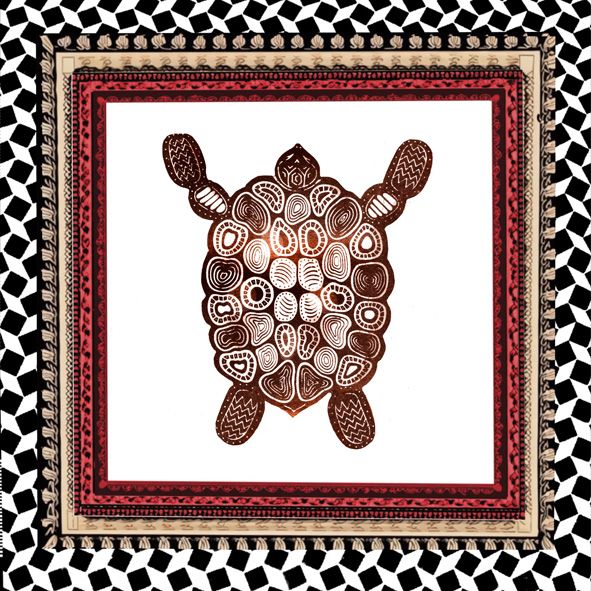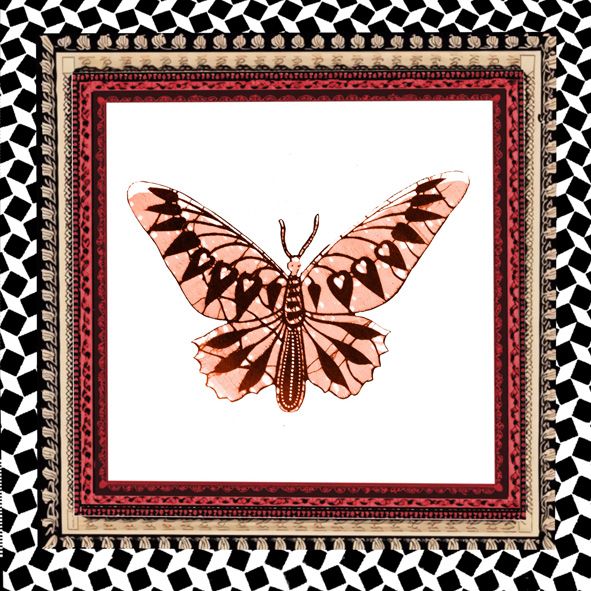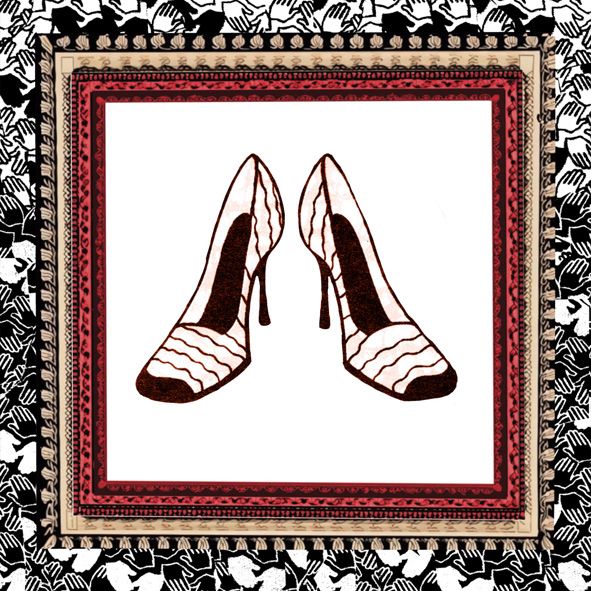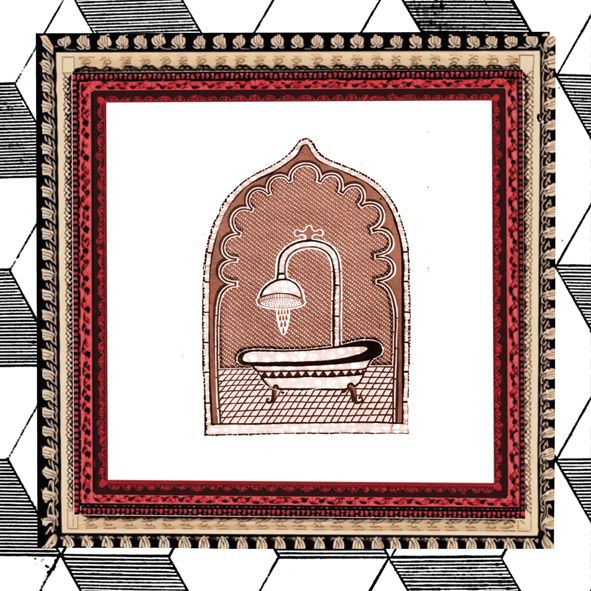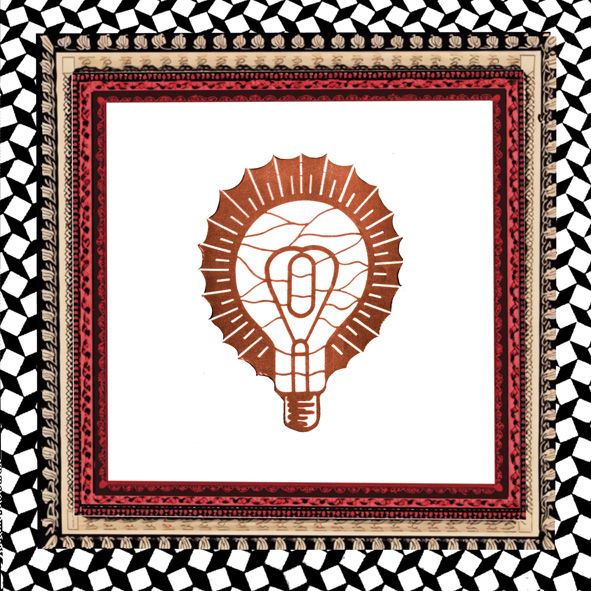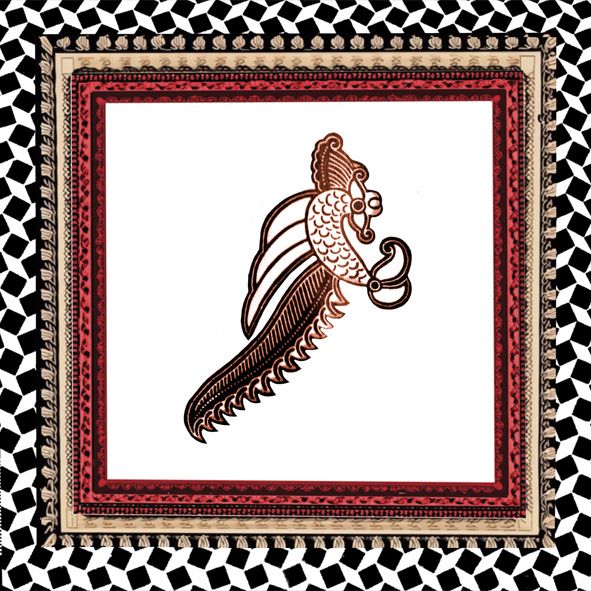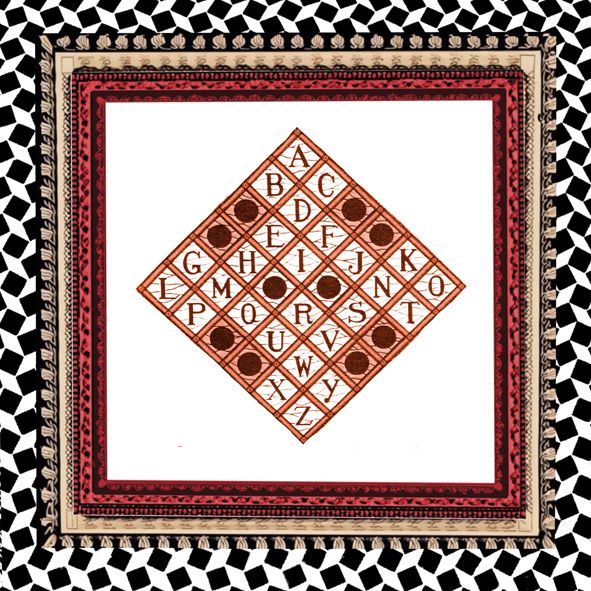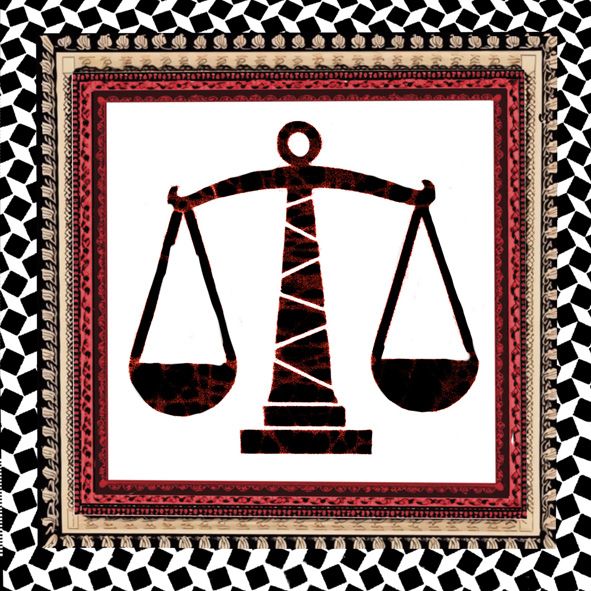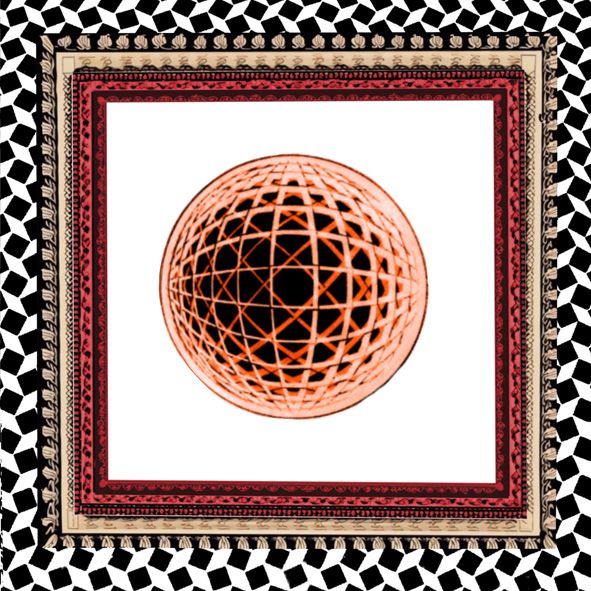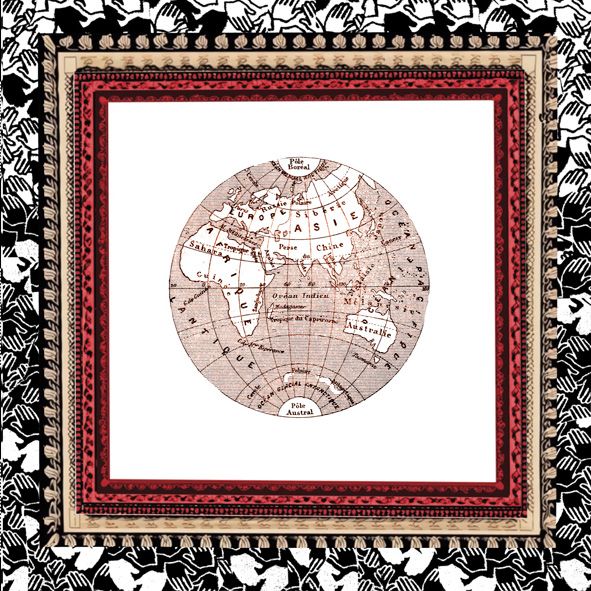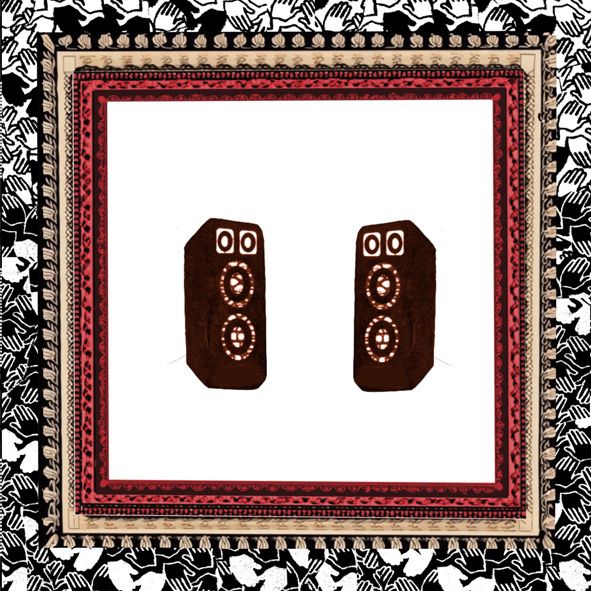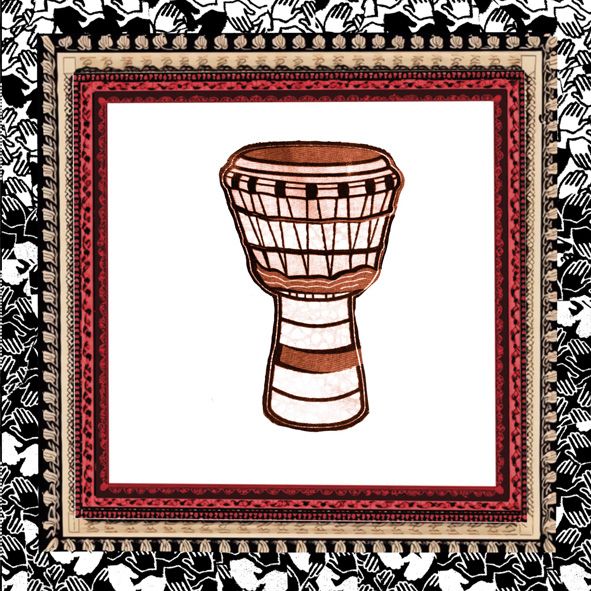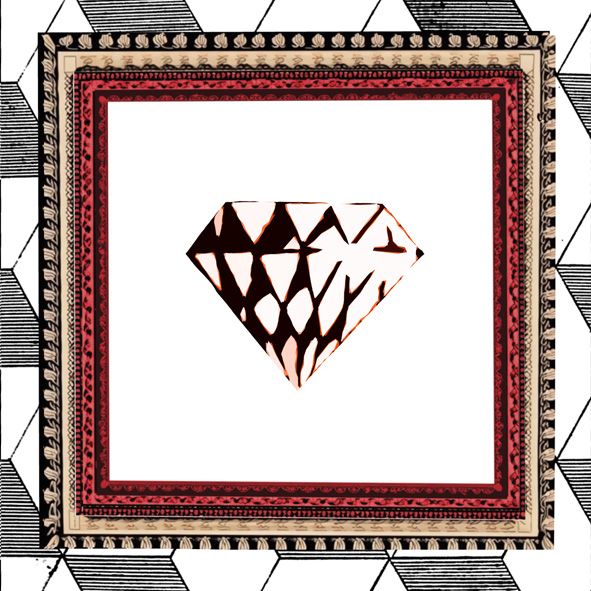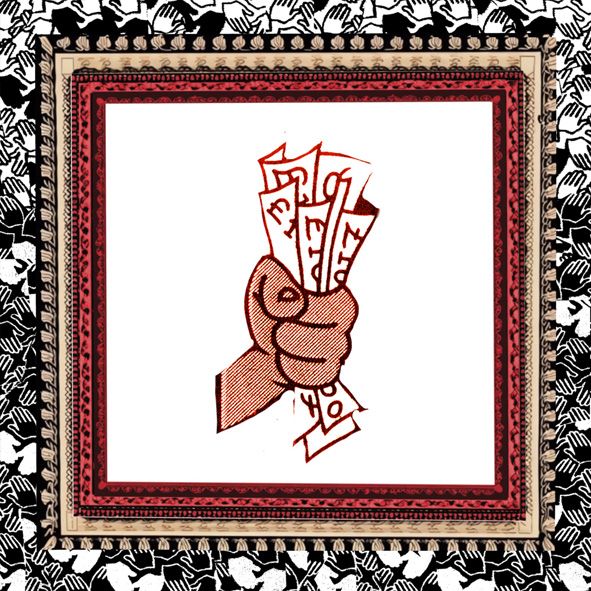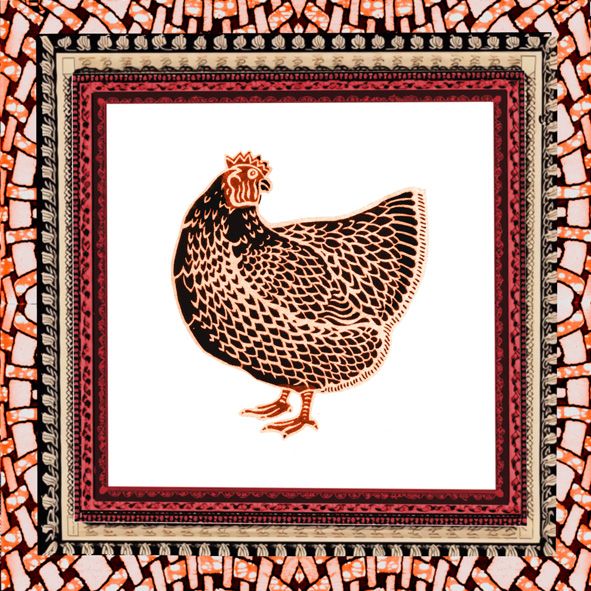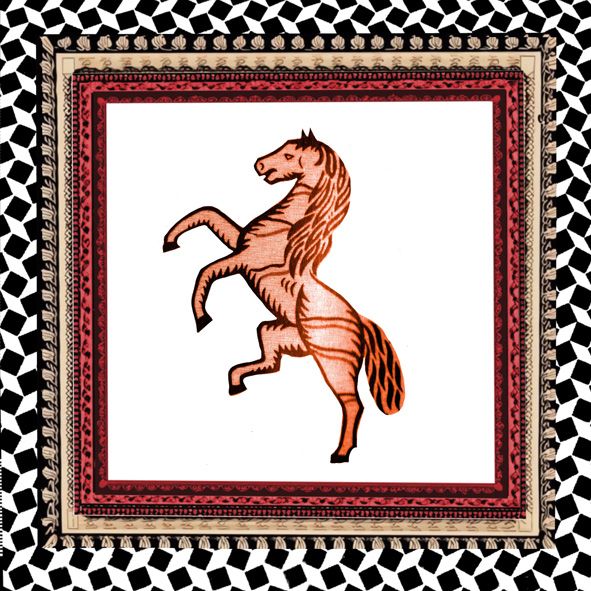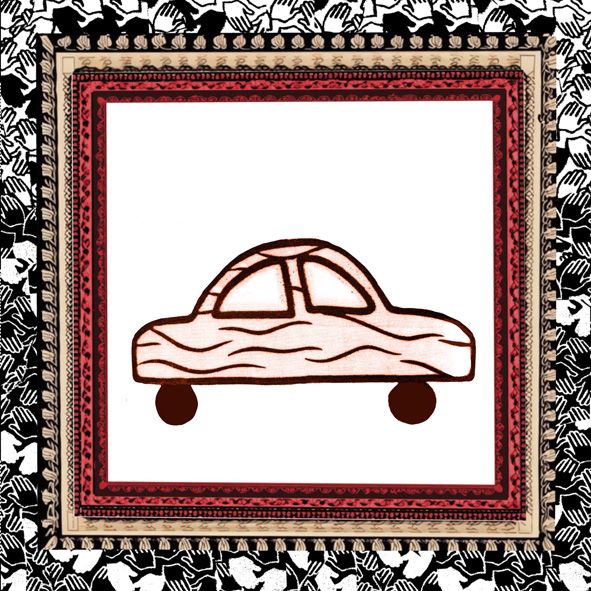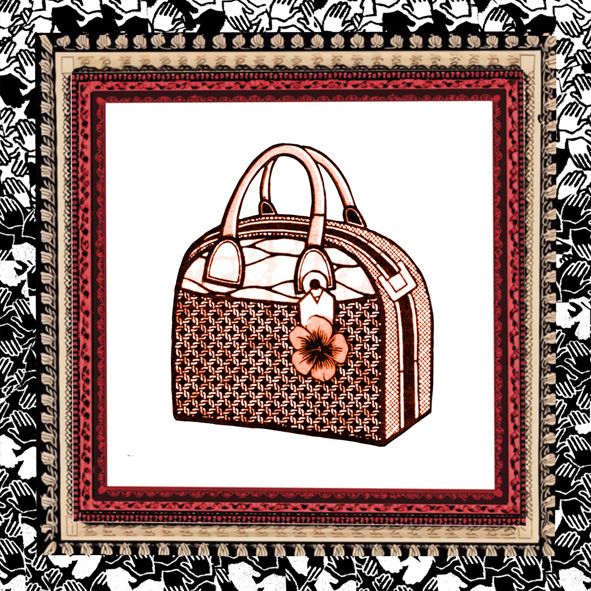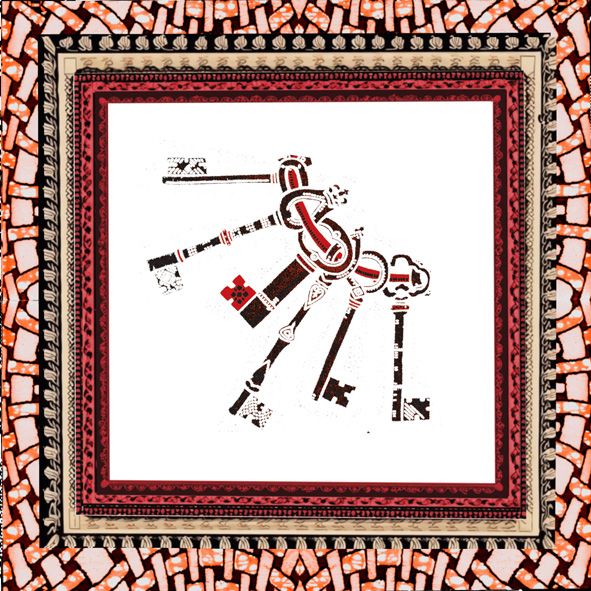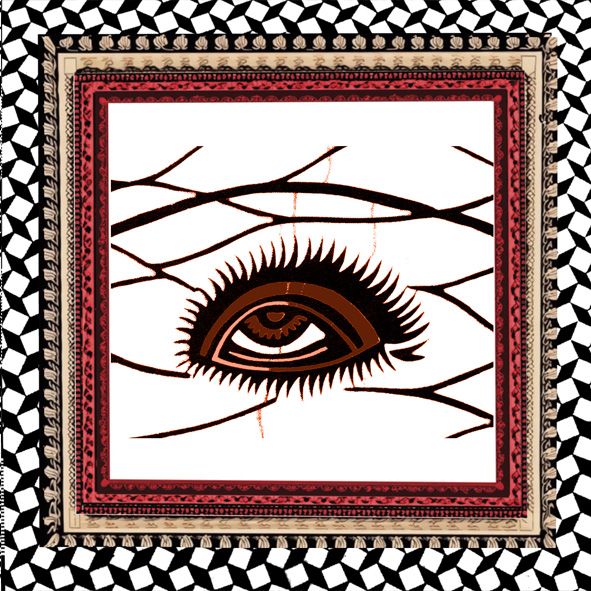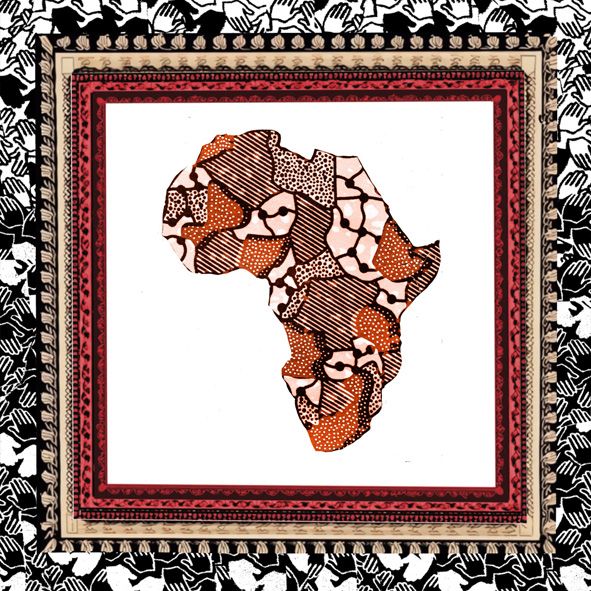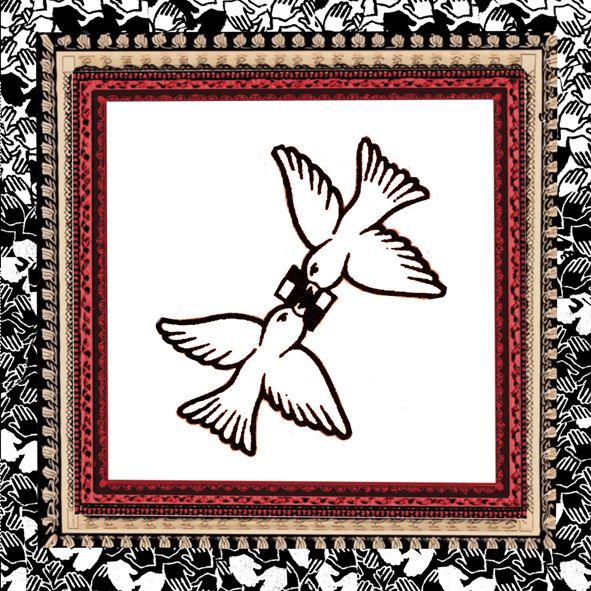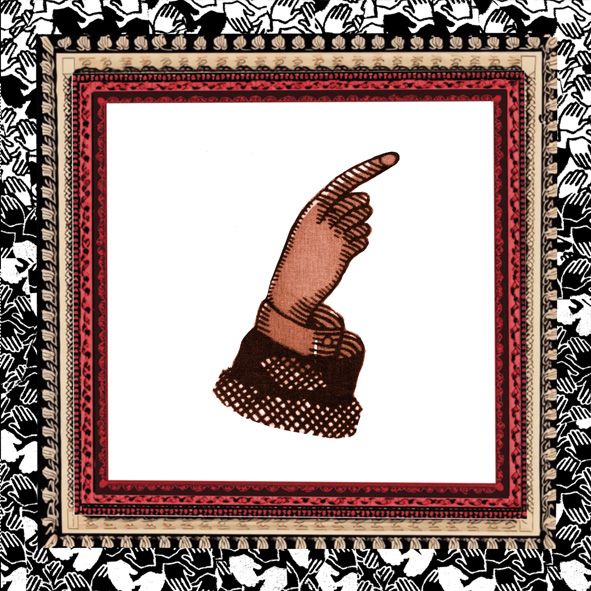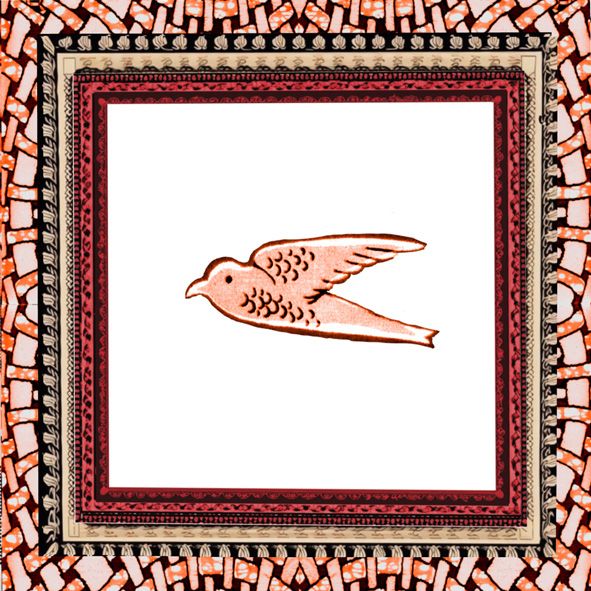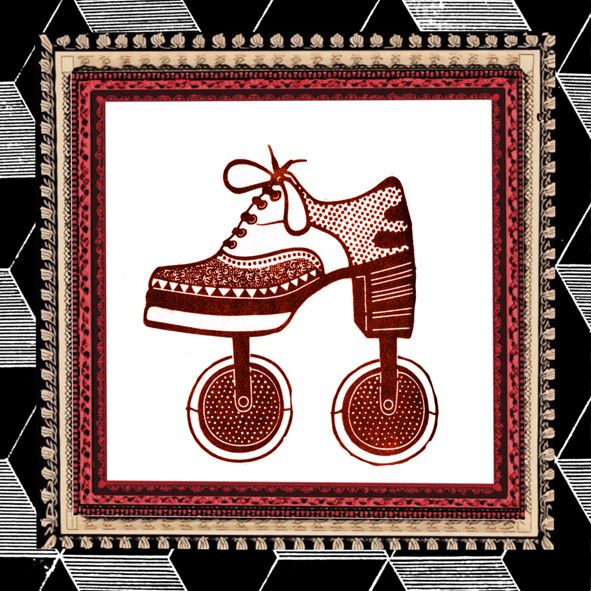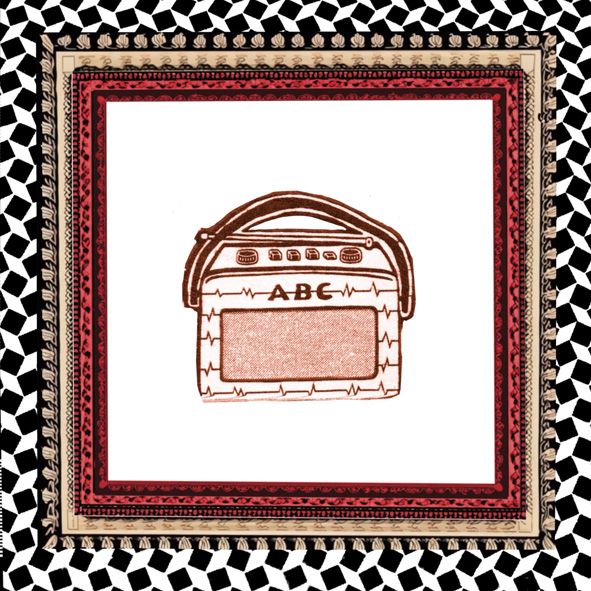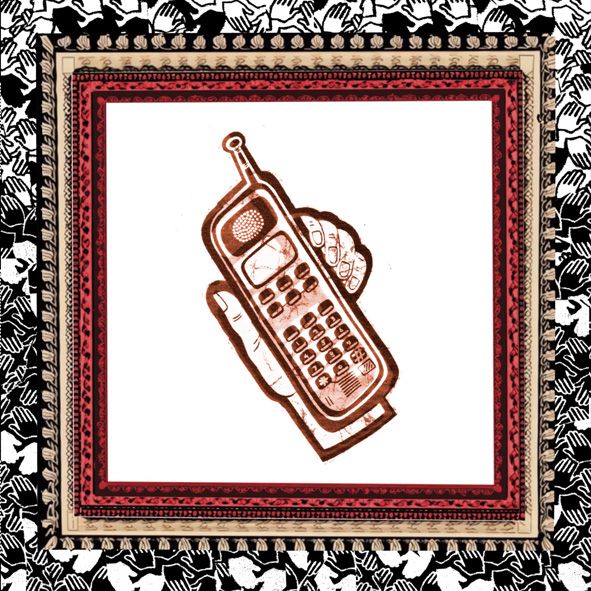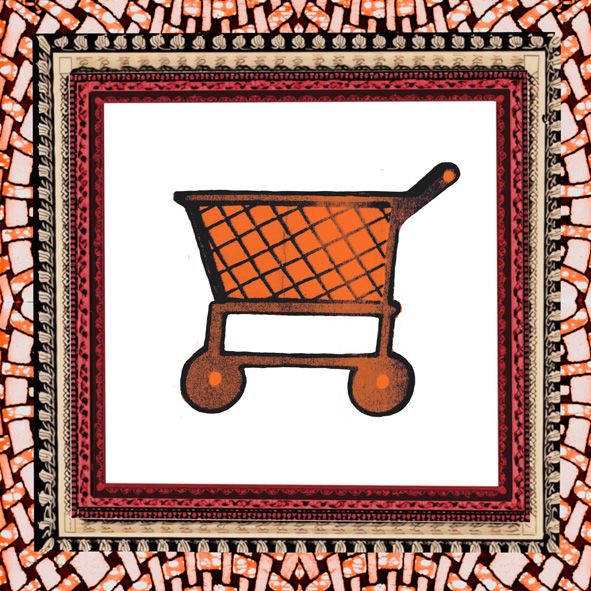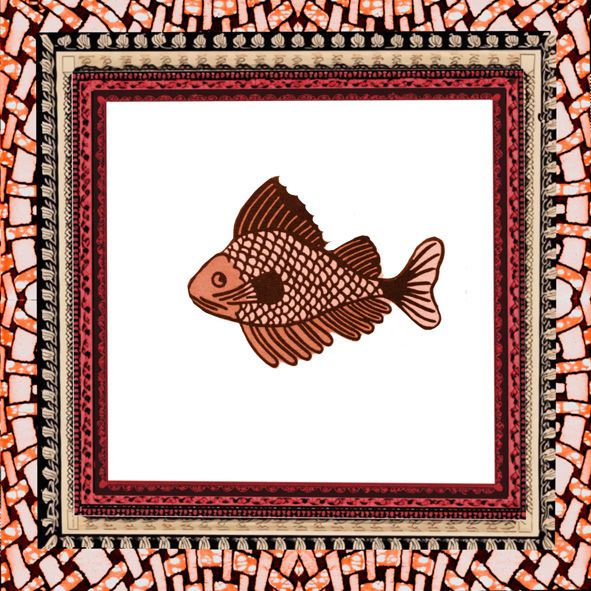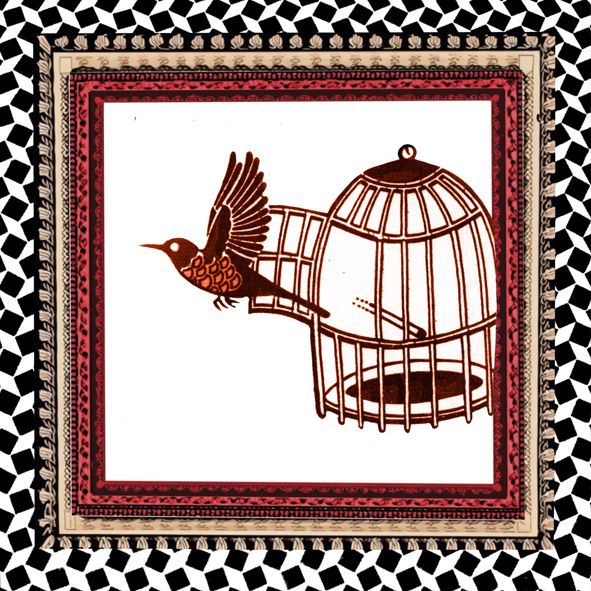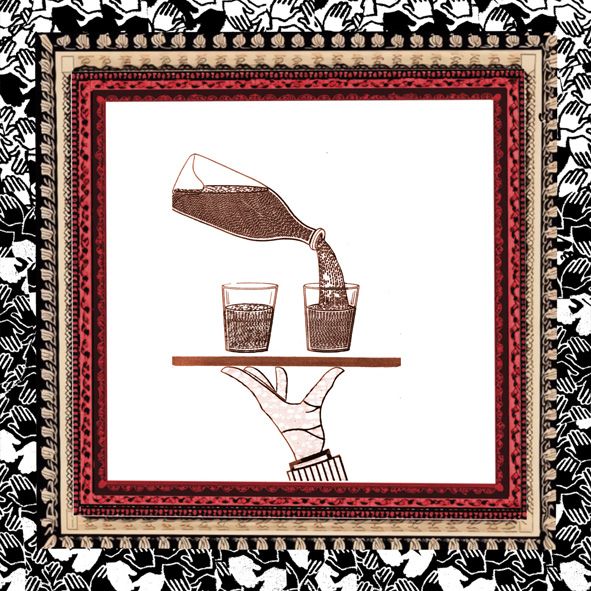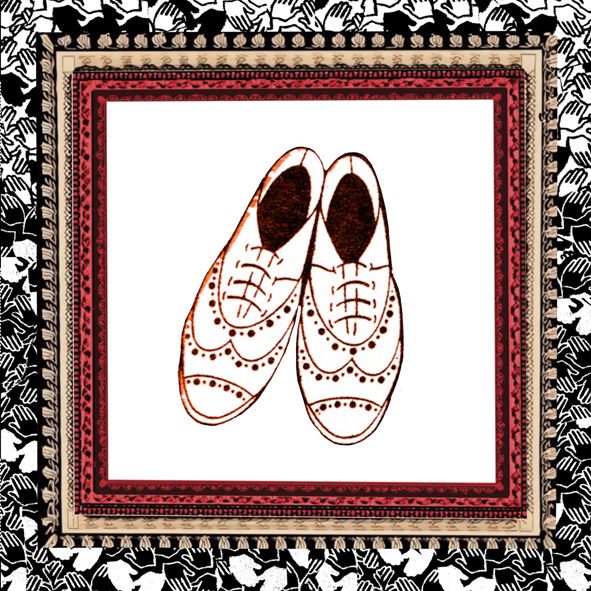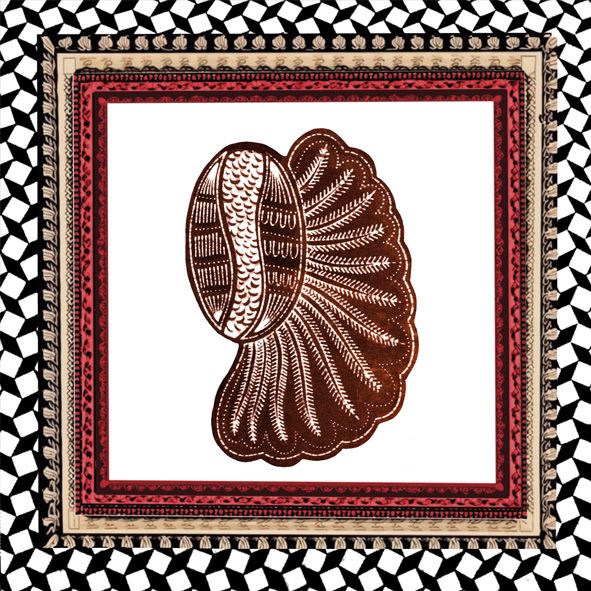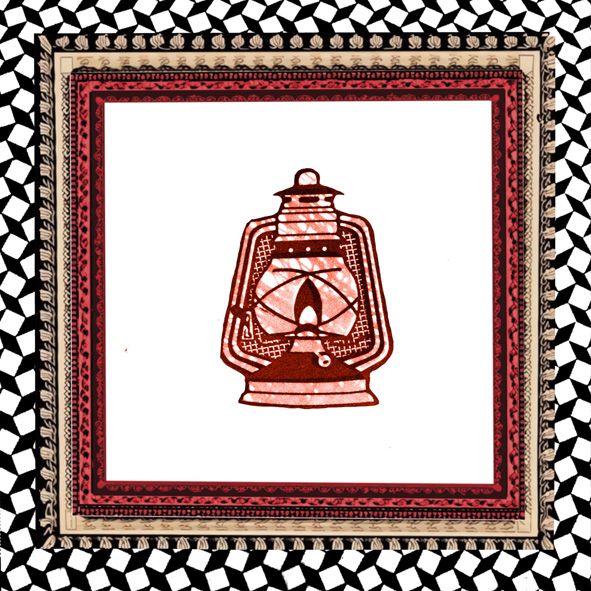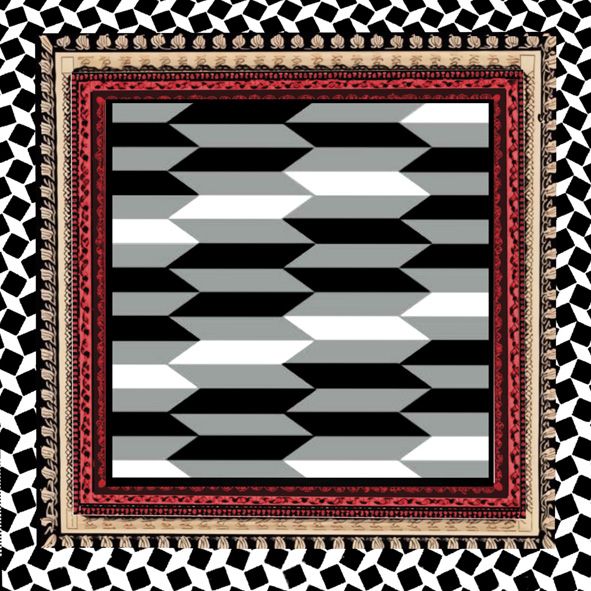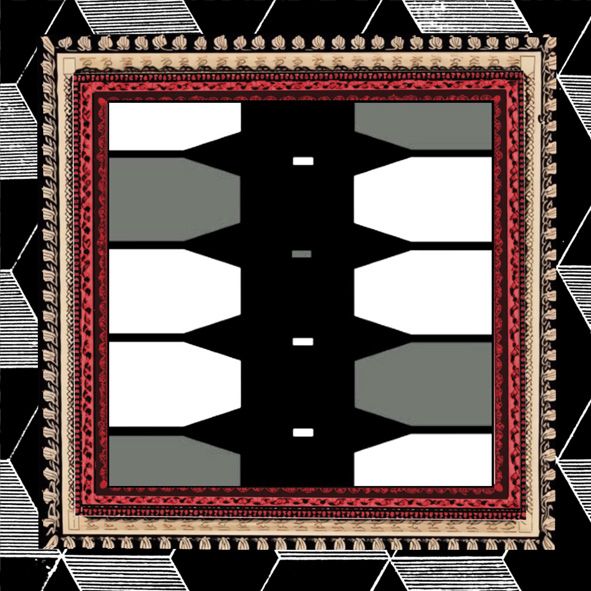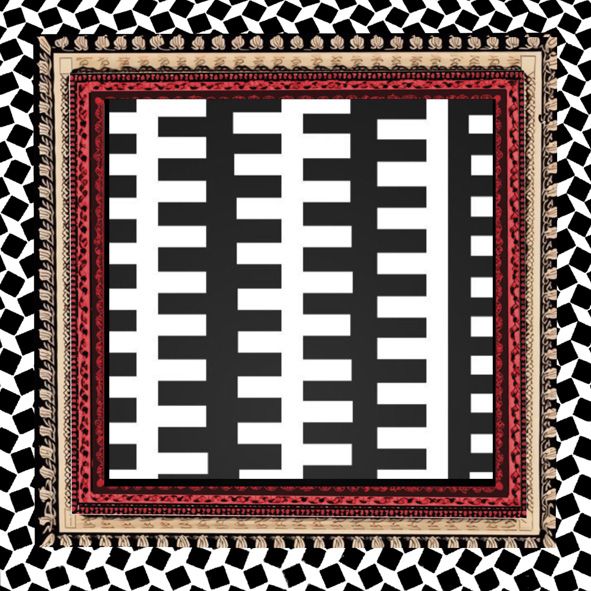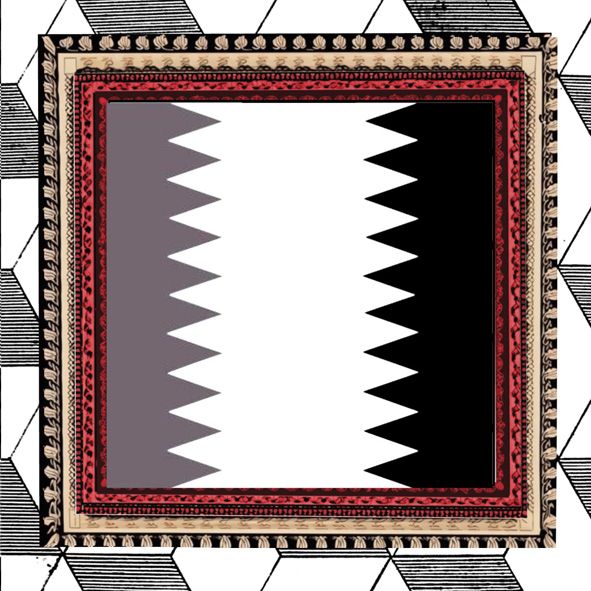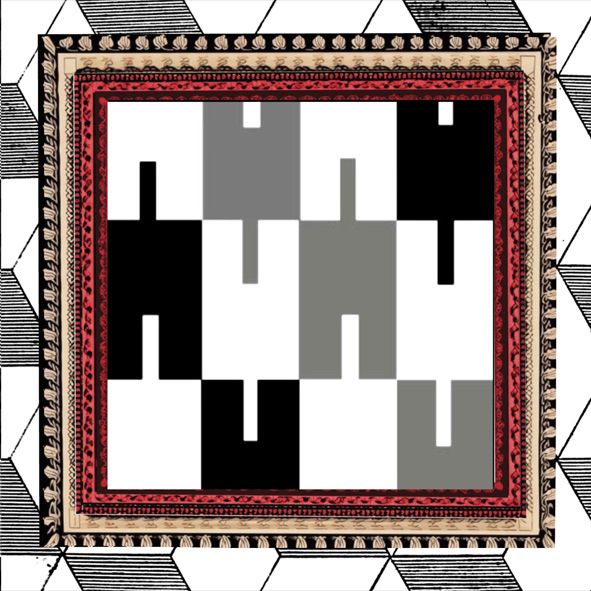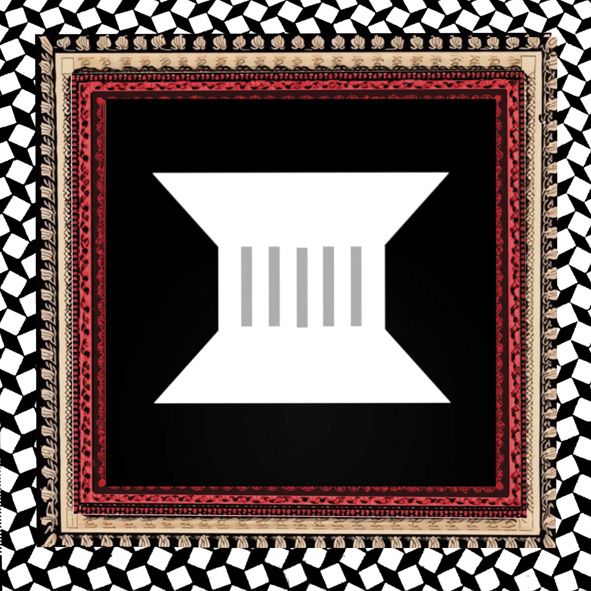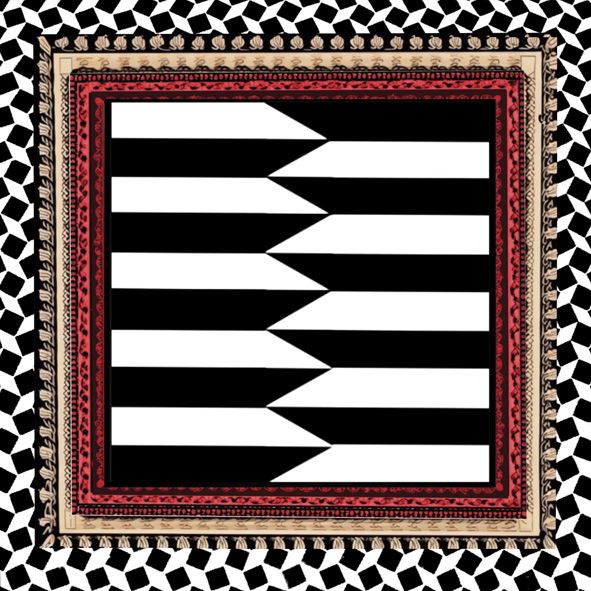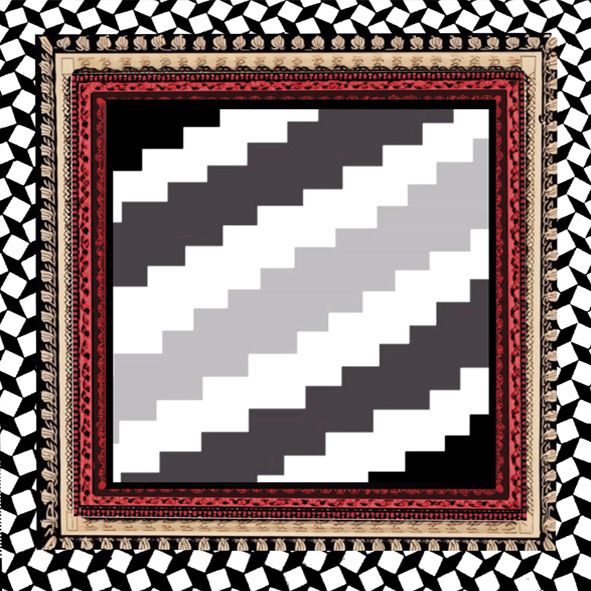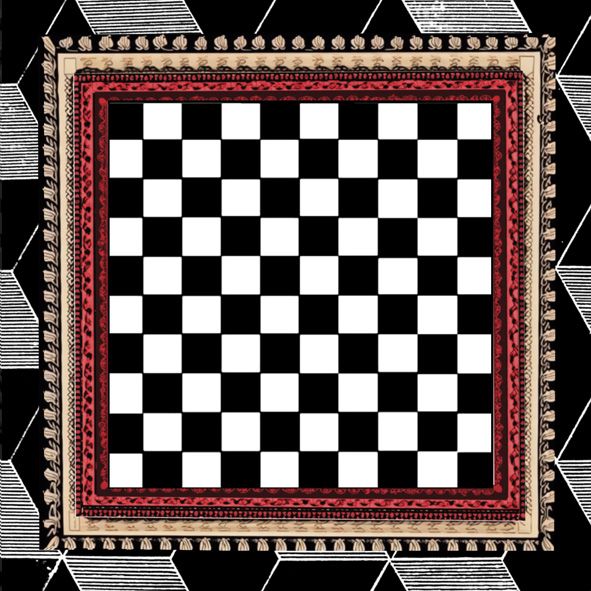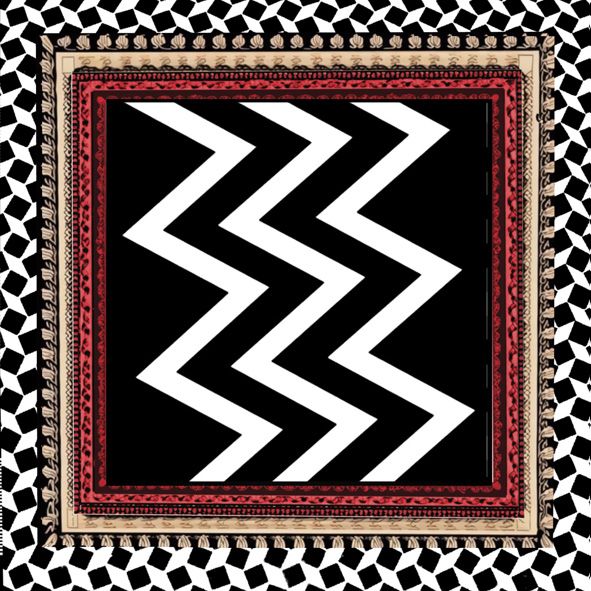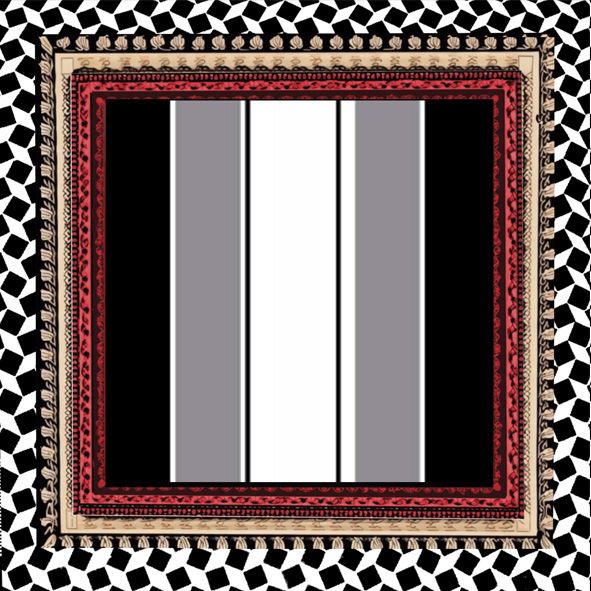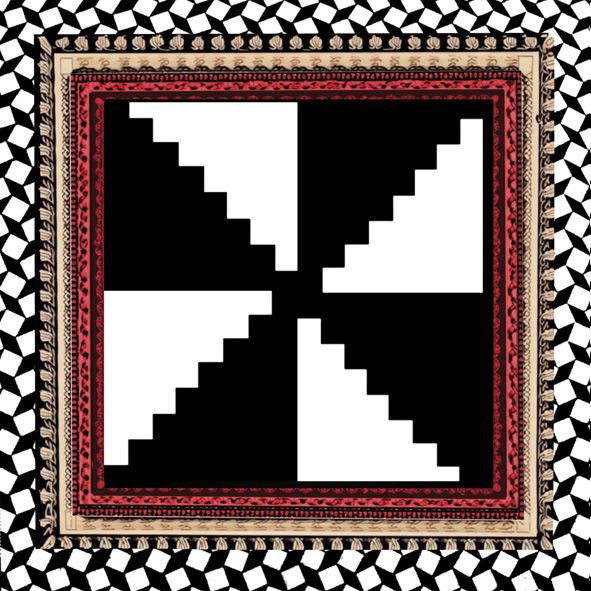ON WAX PROJECT
Gallery of Motifs
Motifs have been extracted from their origin and digitally transformed to create a symbolic language of ideograms.
The ON WAX project is framed by a curated selection of visual and conceptual elements —African wax print motifs, weaving patterns, historical maps, limited colour palette— that resonate with the themes of interconnection between humans, humans and non-humans, history and hybridity. This selection of motifs served as starting points for artistic experimentation and inquiry, functioning as “ideograms”—visual signs that carry layered symbolic meanings shaped by context, culture, and history.
In African traditions cloth is a form of communication, where patterns are named and worn to express identity, social commentary, or personal narrative. Just like emoji in contemporary digital culture, these visual symbols can act as non-verbal language, constantly reinterpreted and reappropriated by those who use them.
Within the ON WAX project, the library of motifs has become a reappropriated symbolic language, a resource for visual storytelling, cultural semiotics, and collective meaning-making. Working with these motifs as ideograms not only means remixing, reframing, renaming, hybridising and recontextualizing imagery but also engaging -individually and collectively- in a live poietic act that generates new narratives.
Visual and conceptual elements include:
- Selected patterns from traditional weaving
- Selected motifs from African Wax designs
- Maps of Africa & the world found in a french atlas from 1850 forgotten in the attic of my family house in France
- A limited colour palette: BLACK WHITE / RED EARTH
African Wax Motifs Selection
The selection of African Wax motifs covers various designs, periods, and origins, collected by Anne Grosfilley in her extensive anthropological research and anthologies of Wax prints (2017). The chosen motifs are primarily figurative, depicting humans, animals, artifacts and manmade objects. These motifs embody the intricate web of relationships that connect us—to each other, to the natural world, and to the cultural artifacts we create. The selection reflect in a poetic way on the complex relationality that defines our shared existence.
Traditional African Weaving Patterns
Weaving patterns and the art of weaving reflect the fabric of life across human cultures throughout time and space. The loom itself can symbolize a space where polarities meet, with the intersection of the warp and weft serving as a universal metaphor for human existence. The vertical warp represents connections between past and future, earth and sky, body and spirit—symbolizing evolution. Meanwhile, the horizontal weft suggests our ties to the world around us: to others, to our communities, and to our fields of belonging, embodying the dynamics of giving and receiving in society. The tradition of weaving and wearing weaved cloth in West Africa is deeply rooted in the region’s culture, history, and social structures, representing identity, status, and symbolism. It functions both as an art form and as a medium of communication, connecting individuals with their communities, ancestors, and broader cultural heritage.
In many cultures black and white colour themes evokes the balance of opposing yet interdependent forces: masculine and feminine, acting and being, day and night, light and shadow. In African cosmologies, black and white are seen as complementary forces rather than opposites, embodying balance and harmony. This mirrors the concept of duality found in other cultural philosophies. Black is often associated with the earth, fertility, the unknown, and the spiritual world. It represents depth, mystery, and the origins of life. White, on the other hand, is linked to purity, light, clarity, and the physical world. It often symbolizes the realm of the living and is used in rituals for protection and purification. In Yoruba tradition, black and white are associated with Esu (or Eshu), a trickster god trickster messenger between heaven and earth representing the coexistence of opposites. The juxtaposition of black and white is also prevalent in African textiles, such as kente cloth and mud cloth, where the patterns often convey stories, cultural values, and social identities. These colour contrasts are integral to the visual language of African art, symbolizing unity and diversity.
This polarity also reflects a tension that extends into the historical and cultural dynamics of colonialism and global systems. Whiteness, constructed as “civilized,” aligns with notions of domination, production, and consumerism—systems that prioritize exploitation, growth, and anthropocentric worldviews. In contrast, blackness, often racialized and marginalized, can be connected to “indigenous” ways of being that emphasize balance, interdependence, and a deep connection to the land. In the binary thinking imposed by colonial histories, whiteness imposed itself as superior and “rational,” casting blackness as “primitive” and “irrational.” Yet the crises of today reveal the unsustainability of such hierarchies, pointing instead to the wisdom embedded in systems that value relationality, reciprocity, and non-anthropocentric understanding of life. As explained by Bayo Akomolafé, in our postcolonial time the concept of blackness and whiteness go beyond the colour of our skin.
The choice of red earth as a third color evokes our connection to the land, the planet, and the materiality that grounds human existence. Symbolizing the soil, the body of the earth, and the life it sustains, red earth resonates with indigenous traditions that view the land as a living entity, inseparable from identity, culture, and survival. This symbolism aligns with the philosophical current of new materialism, which rejects the binary opposition between nature and culture, subject and object, and instead embraces the dynamic interplay of matter, energy, and agency. New materialism emphasizes that the world is not composed of inert, passive substances shaped solely by human will; instead, matter itself is vibrant, alive with potential, and co-constitutive of human and non-human worlds.
